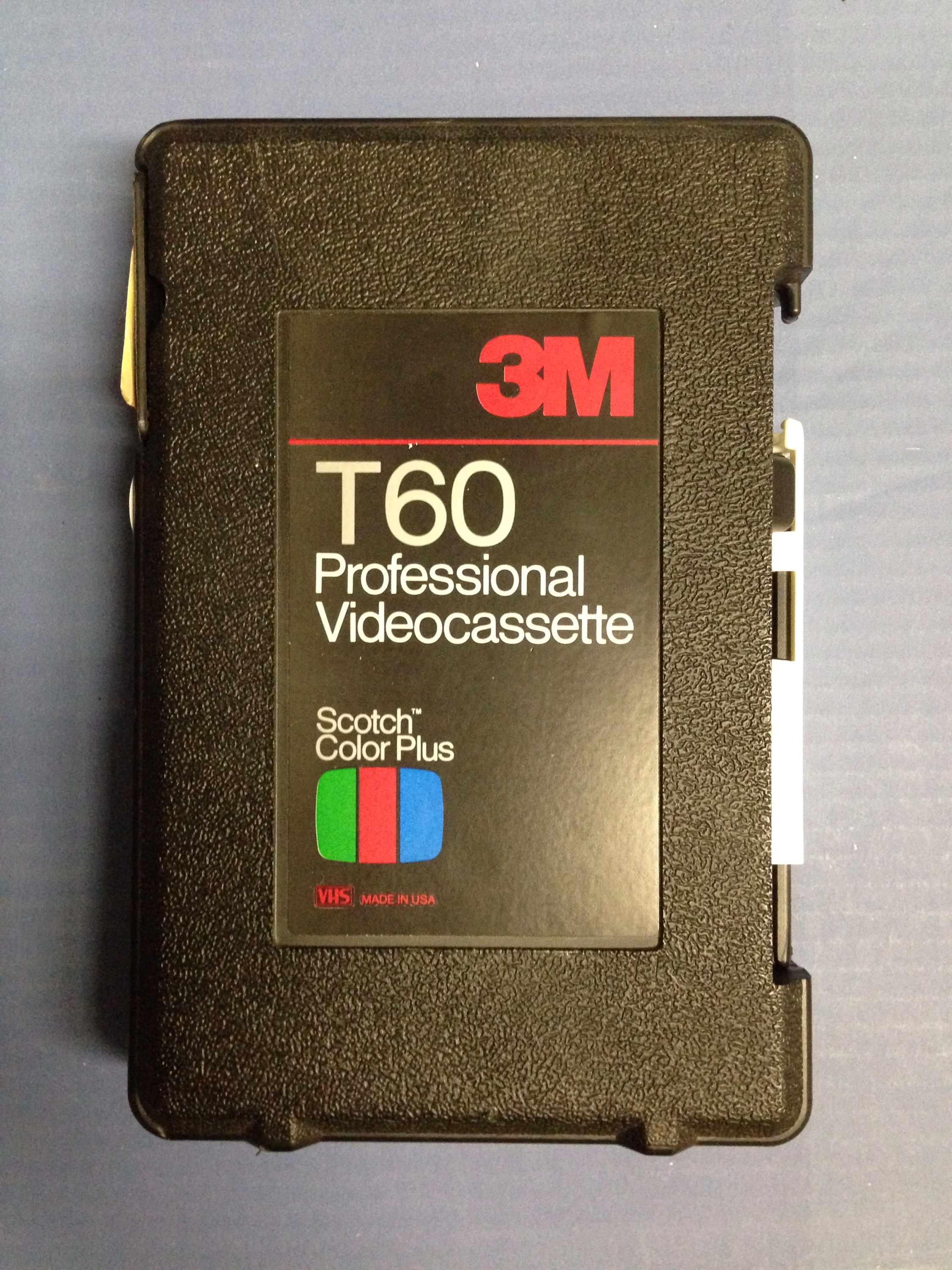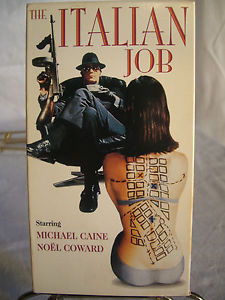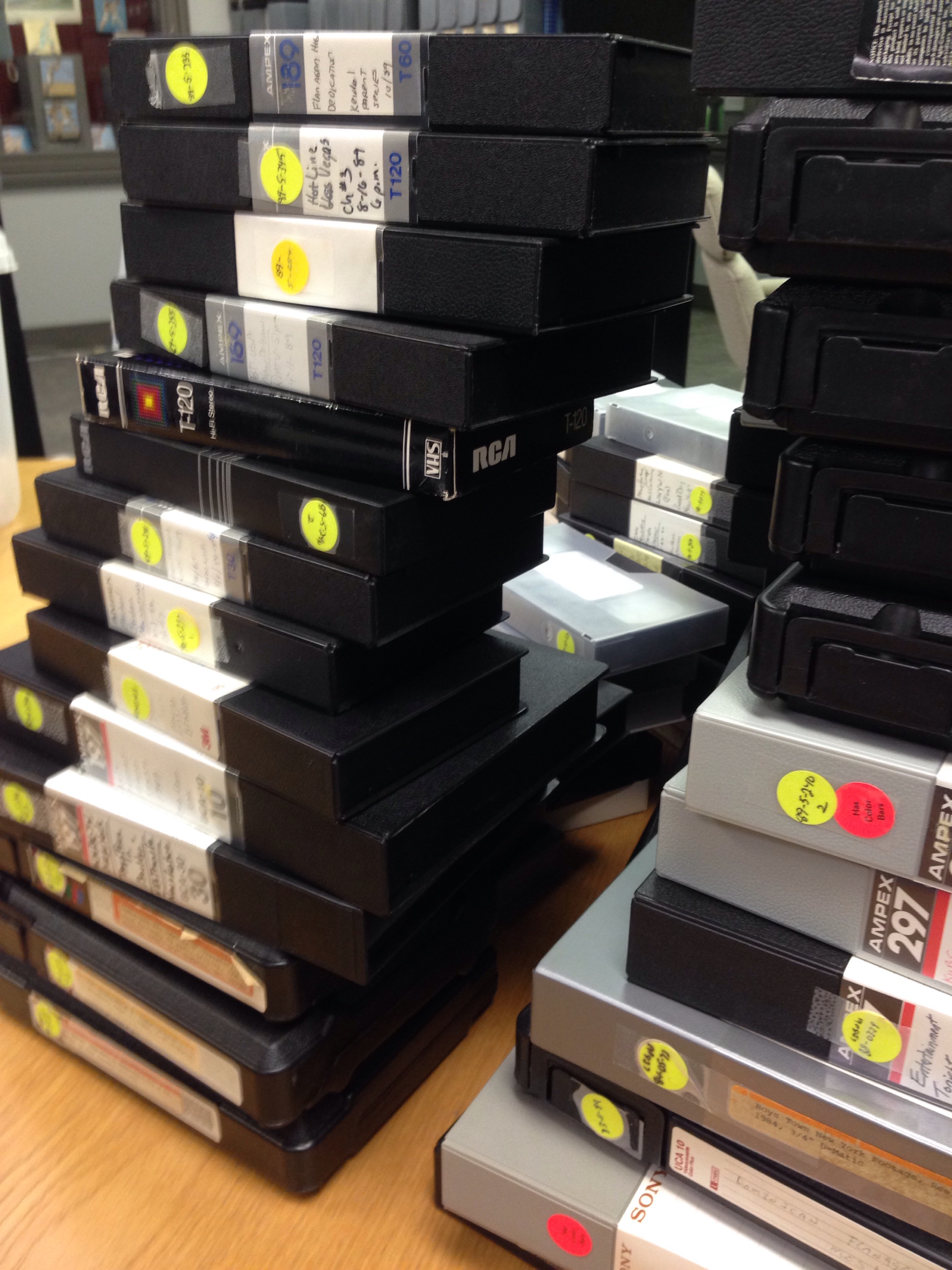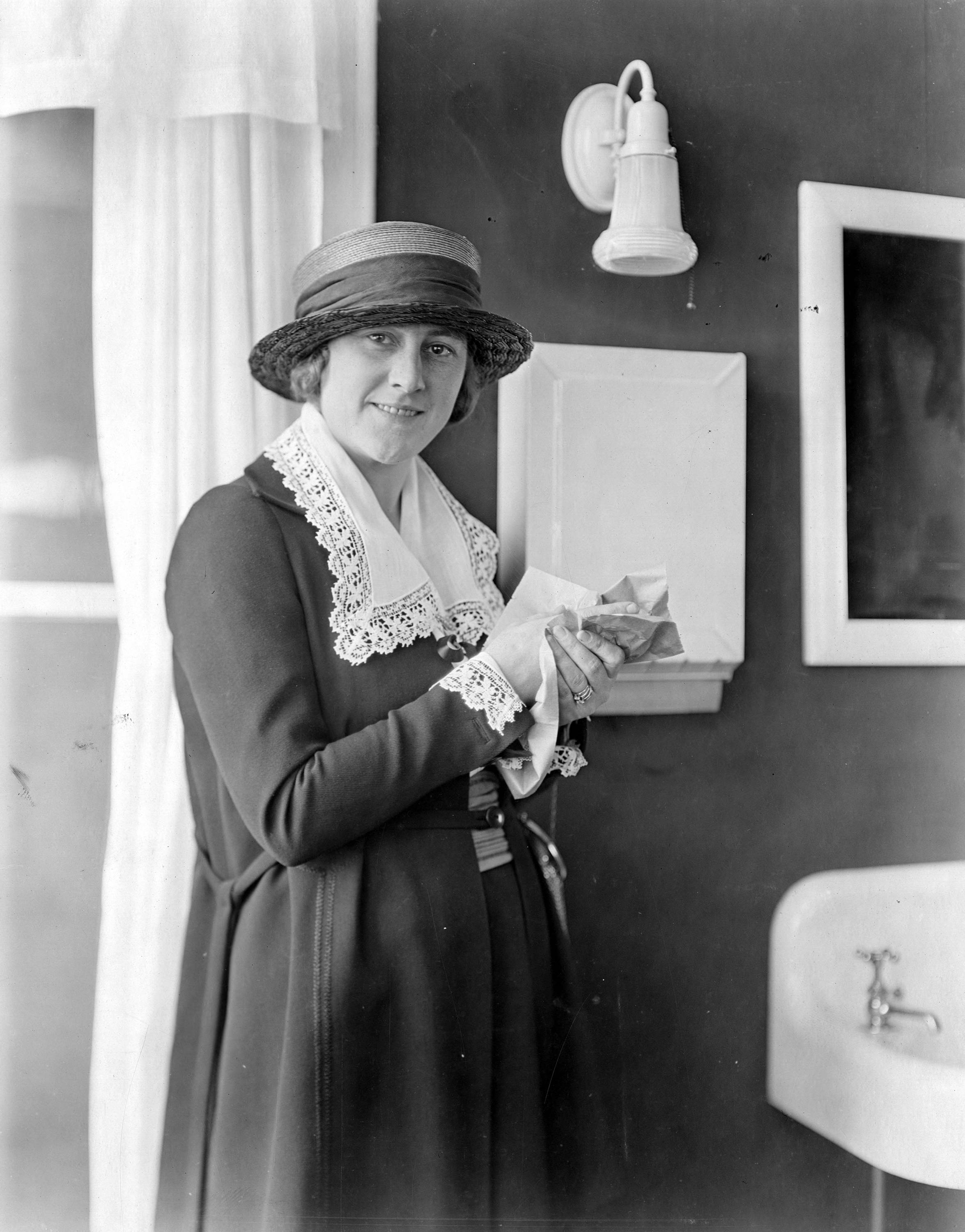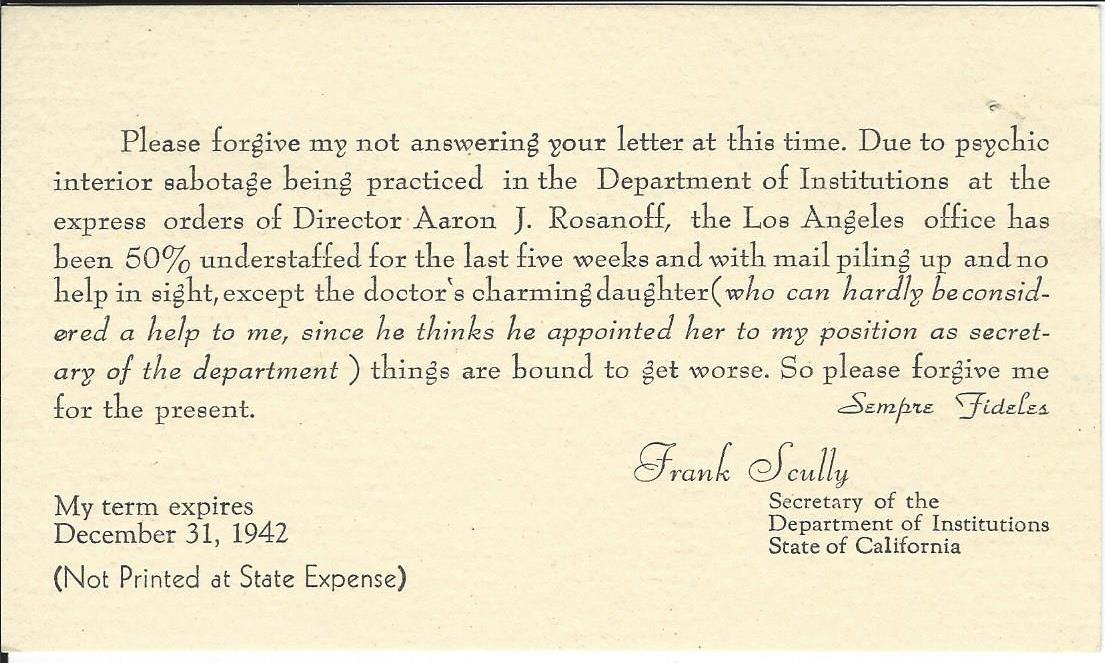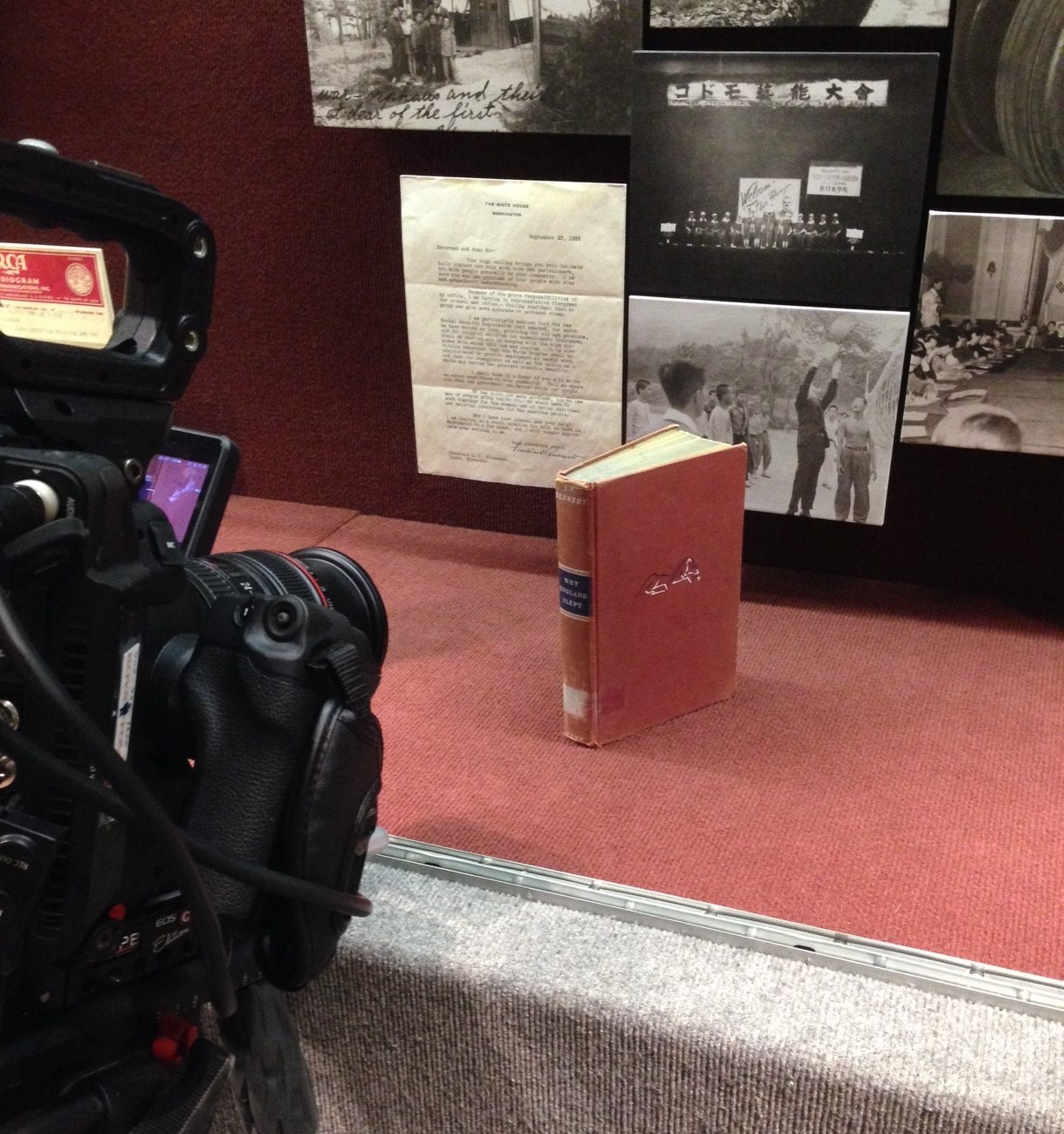 “That’s it?!”
“That’s it?!”
I admit, it doesn’t look like much, but the cameraman’s tone stung. This book is a treasure at the museum where I’m curator. But with a book collector’s eye, yes it’s in tough shape. But what a story behind it!
Someone somewhere in our large organization decided to create and promote some short videos about fascinating objects in our collections. They needed a list of suggested artifacts and this one was high on our list.
In 1940, a young John F. Kennedy’s senior thesis at Harvard was published as Why England Slept. Not long after that, an autographed copy from the young man from a prominent family was given to Father Edward J. Flanagan, of Boys Town fame. Father Flanagan was one of the most famous Catholics in the United States in 1940, just two years following the film that earned Spencer Tracy his second Oscar.

We’re still not 100% sure how the book came to have been gifted to Father Flanagan, but he and young Jack Kennedy’s sister Eunice Schriver served on a committee studying juvenile delinquency around that time, and that was the best guess according to long-time staff at the museum.
Then I found this November 1940 photo online at the JFK Presidential Library of young JFK signing the book for Spencer Tracy. Father Flanagan wasn’t the only priest played by Tracy, but he did play him twice. First in 1938 in Boys Town, and a little-known sequel Men of Boys Town in 1940.
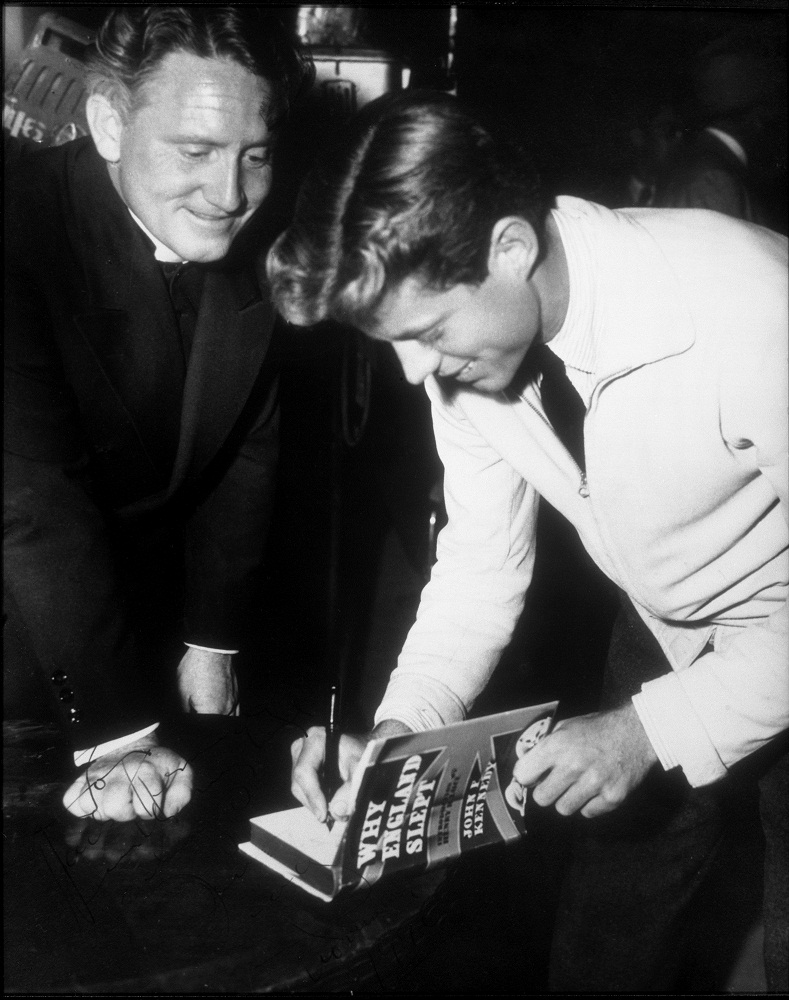 It makes sense if this was on the set of Men of Boys Town with Tracy reprising his role as Father Flanagan. Did young Jack Kennedy sign a copy for Father at the same time as Tracy’s? Someone on staff asked if JFK made it out to Father Flanagan, giving it to Tracy!
It makes sense if this was on the set of Men of Boys Town with Tracy reprising his role as Father Flanagan. Did young Jack Kennedy sign a copy for Father at the same time as Tracy’s? Someone on staff asked if JFK made it out to Father Flanagan, giving it to Tracy!
Nothing turns up in our archives of correspondence between Tracy and Flanagan about the book, but there’s a decent probability Father Flanagan was on set at Men of Boys Town, so he could be just out of frame in this photo! We’ll probably never know.
We do know that we’ll have a nice video telling the fascinating story behind this particular book and the strange and roundabout way it came to the museum.
More About Working In Museums:
VHS is Dead
How to Research Like a Novelist
WHY NOT SUBSCRIBE TO MY NEWSLETTER?


